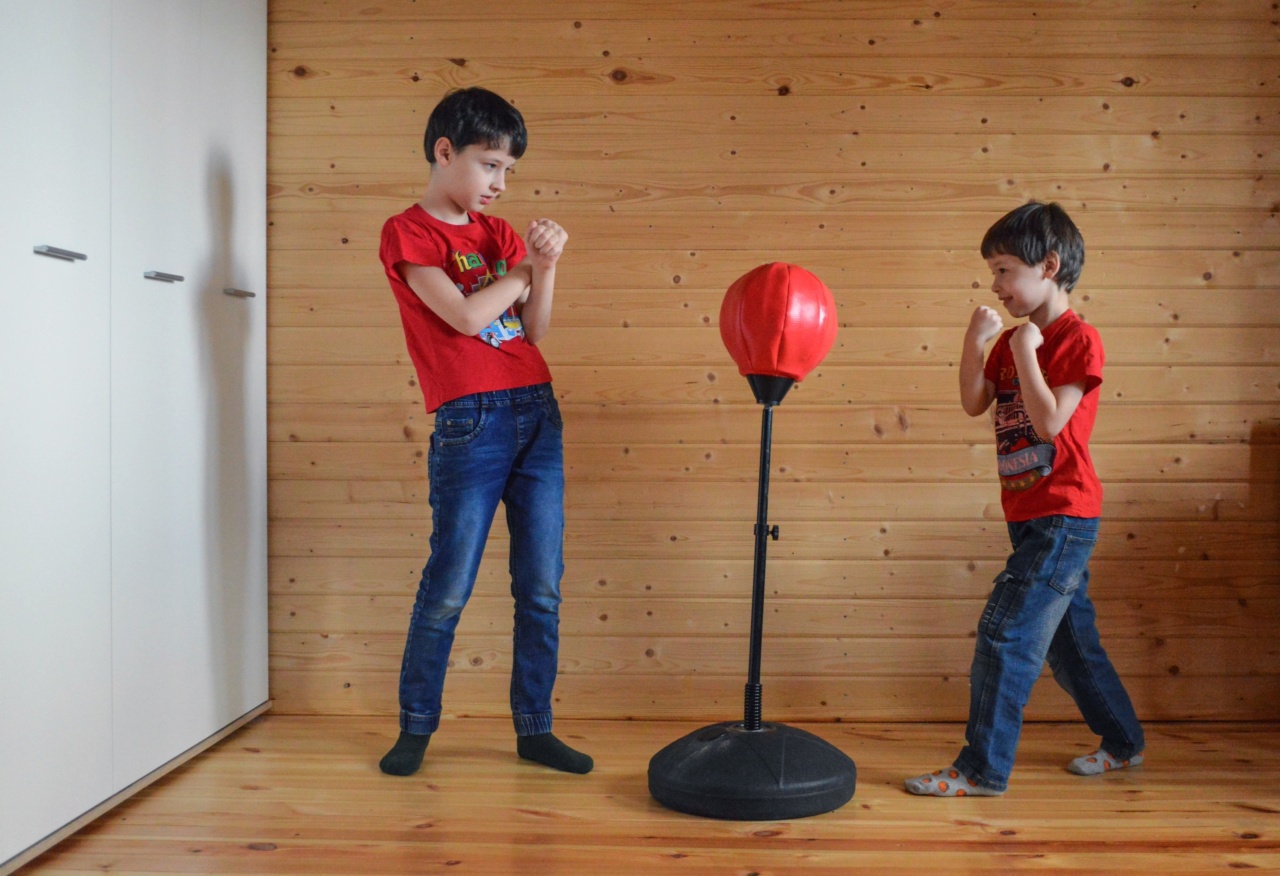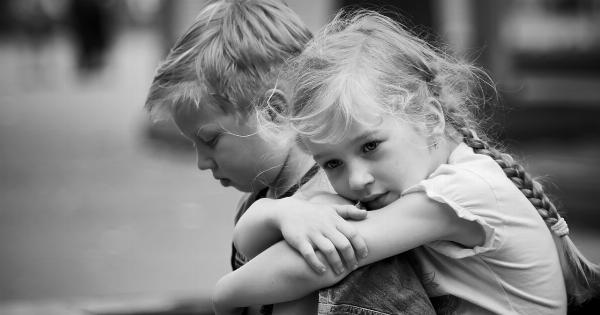Physical and emotional health are vital components of child development. As children grow and develop, their physical and emotional health also change in various ways.
The focus of this article is to explore how physical and emotional health varies among children of different ages.
Infants (0-1 year)
At this stage, infants are very dependent on their caregivers. They require constant supervision, feeding, and care to ensure their growth and development.
In terms of physical health, infants need proper nutrition, including breastfeeding or formula feeding, to develop healthy immune systems, gain weight, and grow taller. It’s also essential to provide a safe and nurturing environment that promotes proper physical and cognitive growth.
Emotionally, infants rely heavily on social interactions, particularly with their parents or caregivers. Positive social interactions like cuddling, singing, and smiling help infants feel secure and loved, leading to healthy attachments.
Infants at this stage also express emotions like happiness and distress mostly through crying, which can indicate a need for food, sleep, or attention.
Toddlers (1-3 years)
During this age, toddlers are learning to become more independent and are more active than infants. Physical health, therefore, involves regular exercise, a healthy diet, and enough sleep to support healthy growth and development.
Toddlers are also susceptible to injuries, and it’s essential to provide a safe and secure environment to prevent accidents.
Emotionally, toddlers are beginning to develop more complex emotions beyond crying. They’re learning to speak and communicate their feelings, making it easier to provide them with emotional support.
Toddlers may experience emotions like frustration, anger, and fear, and it’s crucial to help them manage their emotions in healthy ways.
Preschoolers (3-5 years)
During this stage, children are more independent and curious about the world around them. Physical health involves staying active and developing healthy habits like proper hygiene, dental care, and regular check-ups with a healthcare provider.
It’s a good time to introduce activities that foster physical activity, like running, jumping, and playing outdoors.
Emotionally, preschoolers are developing a greater sense of self-awareness and self-control. They learn to share, take turns, and communicate their feelings appropriately.
They are also developing their personalities and may encounter challenges like making new friends or adjusting to a new environment.
Elementary School-Aged Children (6-11 years)
At this stage, children are more independent and are developing their physical abilities. Physical health involves regular exercise, a balanced diet, maintaining proper hygiene, and getting enough sleep.
They may also start to participate in organized sports or programs that promote a healthy lifestyle, such as dance classes or martial arts, which can support healthy growth and development.
Emotionally, elementary school-aged children develop more complex emotions and social skills. They make friends and develop a sense of empathy towards others.
They can also face challenges during this age, such as academic pressures or bullying, which can affect their emotional well-being. It’s important to provide a supportive and nurturing environment to facilitate healthy emotional development.
Adolescents (12-18 years)
Adolescence marks a significant period of change in physical, emotional, and social development. Physical health involves regular exercise, a healthy diet, and adequate sleep to support healthy growth and development.
Adolescents may also begin to make lifestyle choices like smoking, alcohol, or drug use, which can have long-term effects on their health and well-being.
Emotionally, adolescents experience the most significant changes, including increased independence, self-awareness, and identity formation.
They may also face emotional challenges like anxiety, depression, or peer pressure, which can affect their overall well-being. It’s essential to provide a supportive and nurturing environment and seek professional help if necessary to ensure healthy emotional development.
Conclusion
Physical and emotional health vary among children of different ages. It’s crucial to provide age-appropriate support and care to facilitate healthy development.
Whether it’s proper nutrition, regular exercise, a safe and nurturing environment, or emotional support and guidance, investing in the physical and emotional health of children can set the stage for a lifetime of well-being and happiness.






























